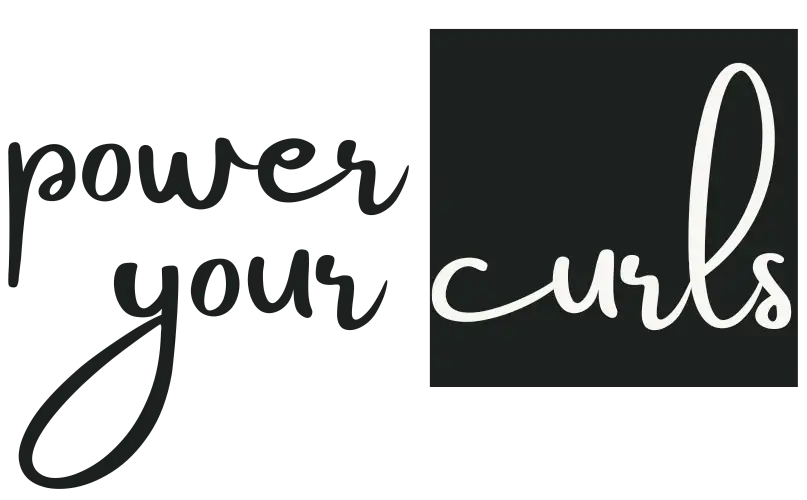What is scalp pH and why does it matter? Your scalp has an ideal pH level that allows the hair follicles to flourish. Understanding and maintaining the proper pH can make a world of difference to your hair’s health and appearance.
Defining scalp pH levels
The pH scale measures how acidic or alkaline a substance is, ranging from 0 (very acidic) to 14 (very alkaline). A pH of 7 is considered neutral. Your scalp and hair have an acidic mantle with an ideal pH between 4.5 and 5.5. This slightly acidic environment protects the hair cuticle and creates the optimal conditions for the hair follicles to function properly.
How pH affects hair follicle health
The acid mantle is crucial because the hair follicles require low pH levels to remain closed and healthy, promoting thicker, faster hair growth. When the scalp pH rises above 5.5 or becomes too alkaline, it disrupts this protective layer, causing the cuticles to open. This makes hair vulnerable to damage and breakage. An unbalanced pH can also irritate the scalp, inhibit hair growth, and increase oil production and dandruff.
The Ideal pH Range for A Healthy Scalp
The optimal pH range for scalp and hair health is between 4.5 and 5.5, i.e., your scalp is supposed to be slightly acidic. If your scalp pH falls within or close to this range, the acidic mantle is intact and your hair follicles have the right conditions to stay healthy.
Testing and Monitoring Your Scalp’s pH
To know if your scalp pH is balanced, you can use at-home test strips. These measure your head’s pH levels, allowing you to monitor changes and quickly address problems. I recommend testing occasionally, such as each season, to stay in the healthy range year-round.
Using pH Test Strips at Home
To use pH test strips:
- Wash and thoroughly dry a test area of your scalp
- Apply the test strip and leave for the recommended time
- Compare the color change to the guide on the packaging
- This will give you a rough estimate of your scalp’s current pH
Pay attention to any irritation, excess oil, or changes in hair quality too.
How External Factors Disrupt Your Scalp’s pH
We put our hair through a lot, which often disrupts the scalp’s natural pH without us realizing it. Understanding common causes of imbalance can help you address problems early.
Everyday Hair Products
- Shampoos and Conditioners: Many formulas are alkaline with a high pH. Frequent use strips the acid mantle.
- Hair Dyes and Bleaches: Chemical treatments drastically alter scalp pH.
- Hot Tools and Styling Products: Heat tools and hairsprays deposit residue that disrupts pH over time.
Ingredients that Commonly Cause pH Issues
- Sulfates like sodium lauryl sulfate
- Artificial fragrances
- Alcohols like ethanol and SD alcohol
Environmental Factors
Hard Water: Mineral buildup makes hair dull, and brittle, and alters scalp pH.
Chlorine: Swimming leaves chlorine residue on hair and skin, throwing off ideal pH.
Pollution: Dust, smog, and environmental toxins can subtly lift cuticles.
Tap Water: Minerals, metals, and added chemicals create imbalance over time.
Obvious Signs That Suggest Your Scalp pH is Unbalanced
Catching pH issues early allows you to restore balance before seeing lots of damage. Here are some key signs of an unbalanced scalp pH to look out for:
Increased Sensitivity and Irritation
A disruption in your scalp’s protective barrier makes it more vulnerable to problems. You may deal with redness, itching, dandruff, or a sensitive scalp if your pH is off. These are signs your acid mantle has been compromised.
Excess Oil Production
When the scalp pH rises, the sebaceous glands can start overproducing oil. If your hair suds up easily or quickly looks greasy at the roots, your scalp may be on the alkaline side.
Hair Damage and Breakage
One of the most obvious signs of pH imbalance is frizzy, dry hair that breaks and falls out more than usual. The cuticle lifts away from the hair shaft without the acid mantle to keep it sealed. Hair becomes brittle and damaged over time.
Tips for Restoring Your Scalp’s pH Balance
Don’t panic if your scalp pH is off. With consistent effort, you can restore normal pH levels and improve the health of your hair follicles. Here are smart tips to rebalance:
Switch to Gentle, pH-balanced Hair Products
Shampoos: Seek out formulas with a pH between 4.5-5.5. These support the scalp’s acid mantle rather than disrupting it.
Conditioners: Pick options designed to normalize pH, especially after shampooing. Many contain apple cider vinegar or citric acid.
Use Apple Cider Vinegar (ACV) Rinses
ACV is mildly acidic, so rinsing hair with a dilute ACV solution 1-2 times a week can lower scalp pH. It’s easy to make an ACV rinse at home with water and vinegar.
Exfoliate and Stimulate Your Scalp
Removing dead skin cells through exfoliation lets your scalp and follicles function optimally again. A weekly scalp scrub with sea salt or baking soda helps maintain a healthy pH. Massage stimulates blood flow as well for thicker, faster-growing hair.
Filter Your Shower Water
Installing a simple showerhead filter prevents minerals and metals from accumulating on the scalp and altering its pH over time. Making this small change can really improve hair health.
Rinse With Cool Water
Hot showers lift the cuticle, allowing the scalp’s pH to rise, and rinsing hair with cool water after washing locks the cuticle down again.
In the end, scalp pH balance is essential for strong, healthy hair. Keeping levels between 4.5 and 5.5 allows the follicles to thrive in their ideal environment. Test your scalp’s pH routinely, choose gentle hair products, and incorporate ACV rinses. With some consistent care, you can correct issues before seeing lots of damage. Your hair will look and feel better than ever!
